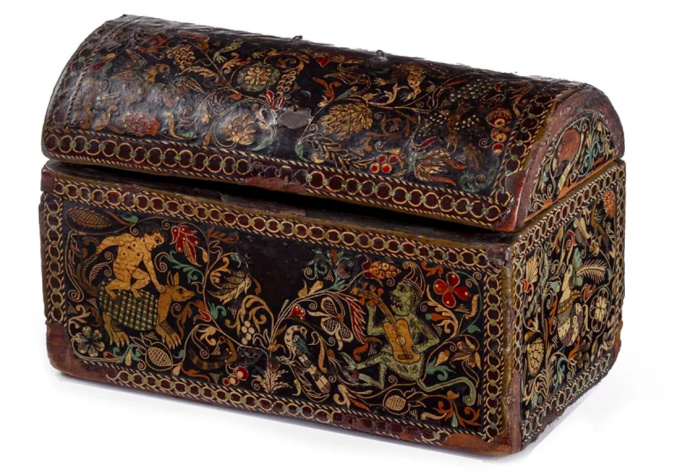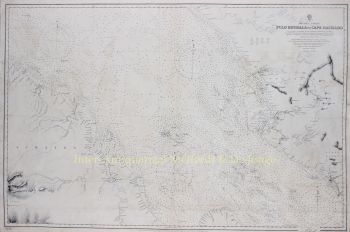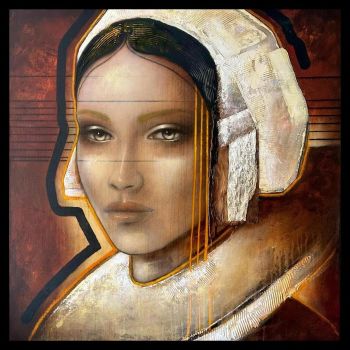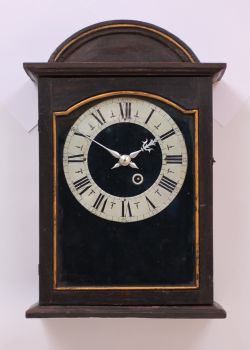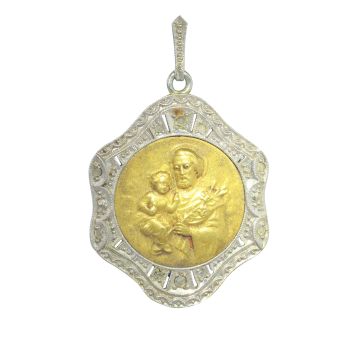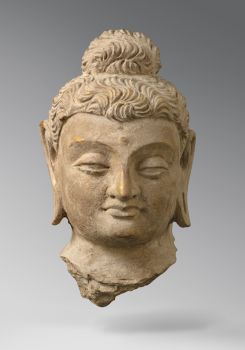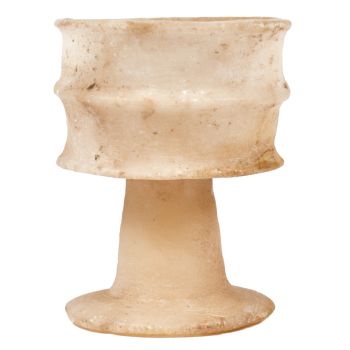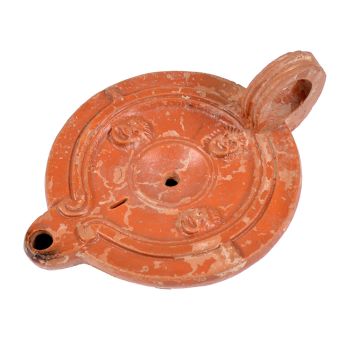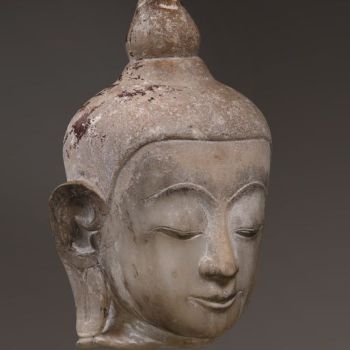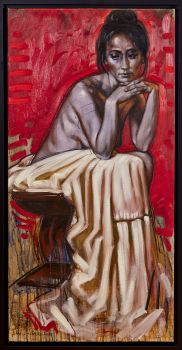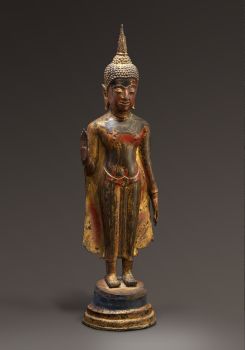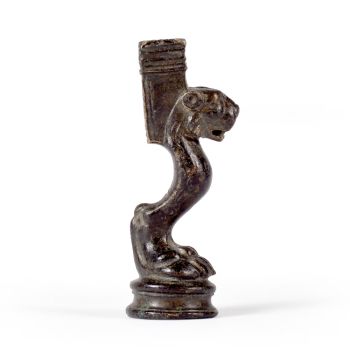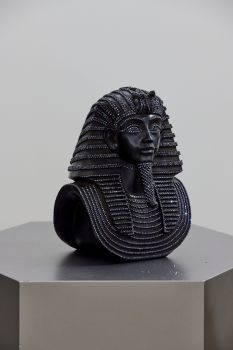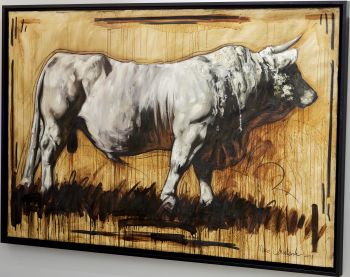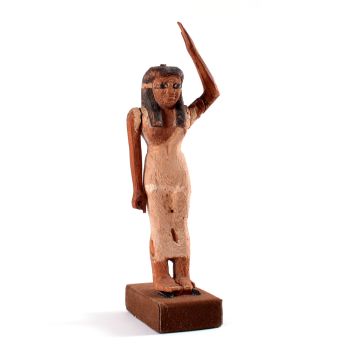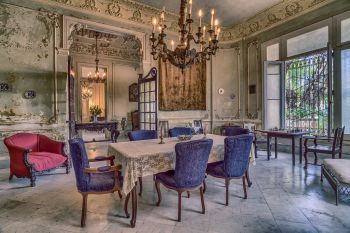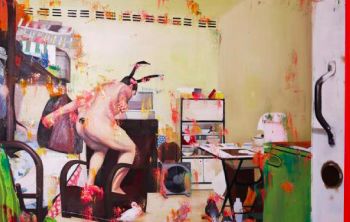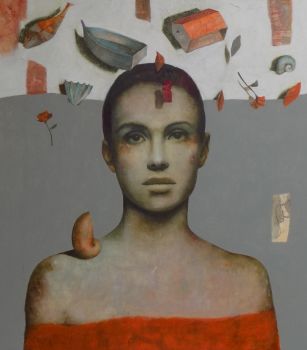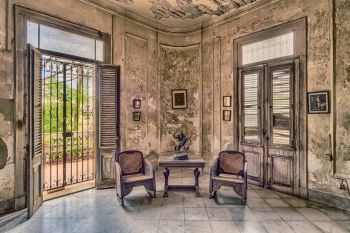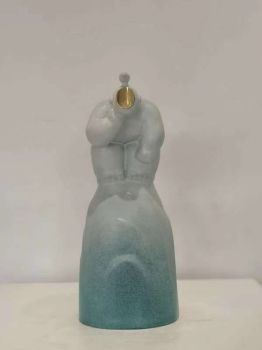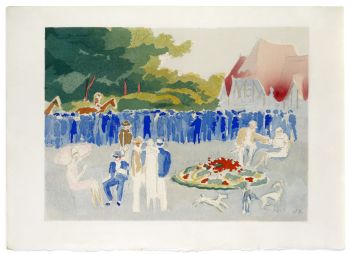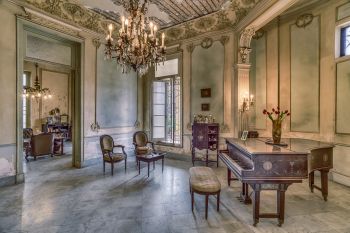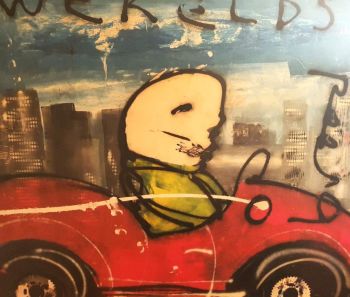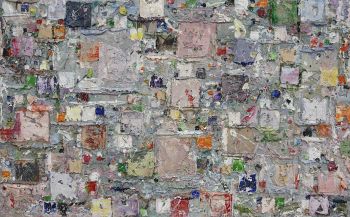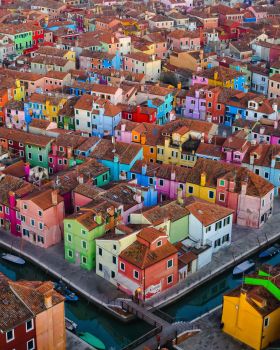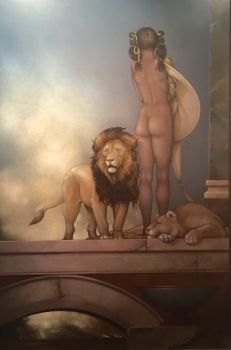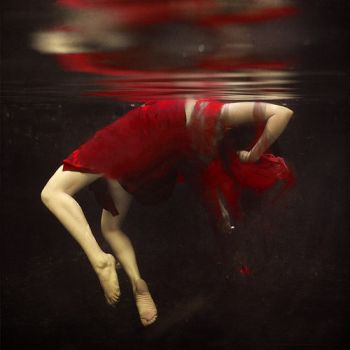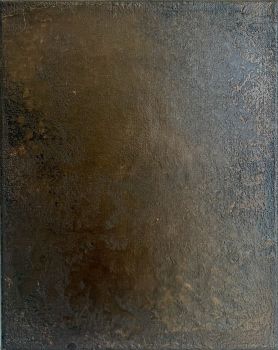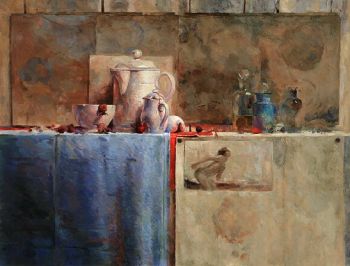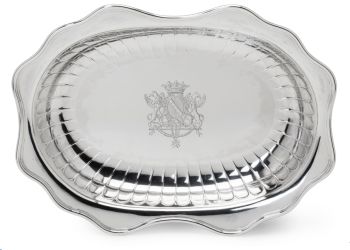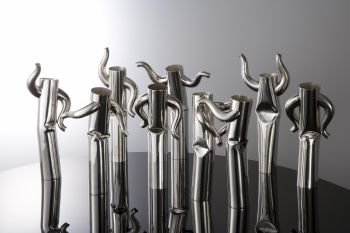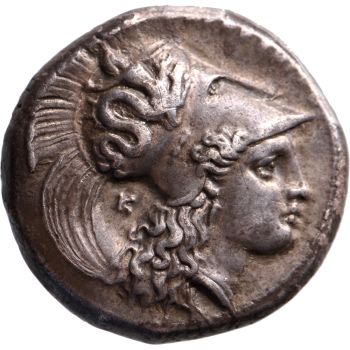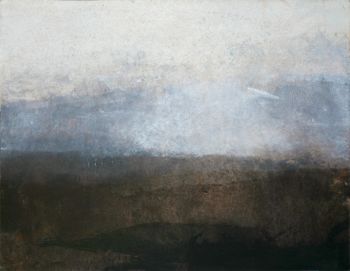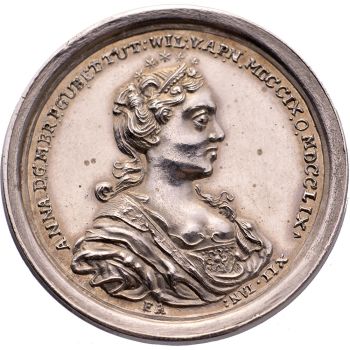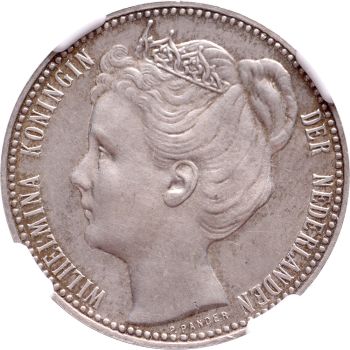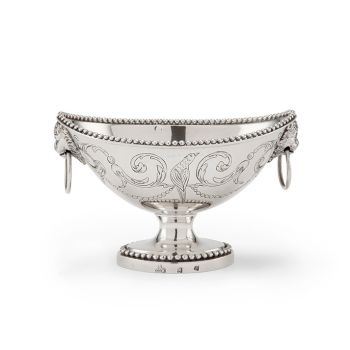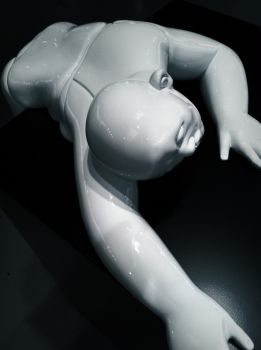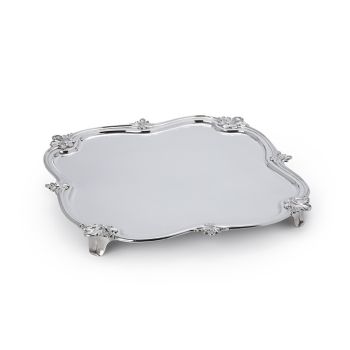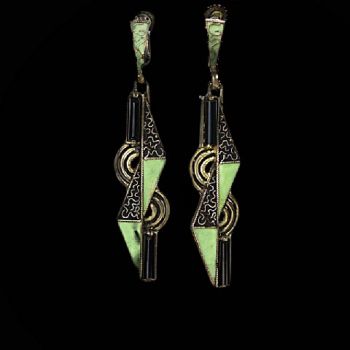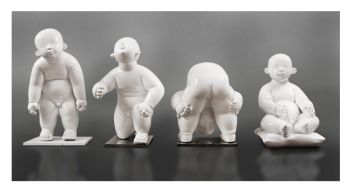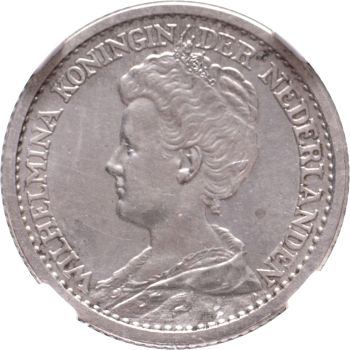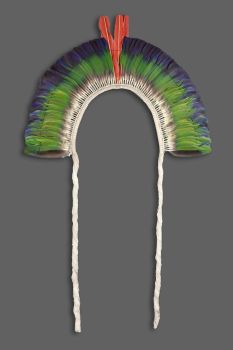An important Spanish colonial Barniz de pasto lacquer casket 1626 - 1650
Artista Sconosciuto
ArgentoLacca
8 ⨯ 13 ⨯ 6 cm
Attualmente non disponibile tramite Gallerease
Zebregs & Röell - Fine Art - Antiques
- A proposito di opere d'arteAn important Spanish colonial Barniz de pasto lacquer casket with the Jesuit IHS monogram and silver mounts
Colombia, 1625-1650
L. 13.3 x W. 6.9 x H. 8.4 cm
The surface of the casket has been richly decorated in colourful barniz de pasto lacquer. The subject matter of the decoration involves, at the front; a boy riding a fantasy animal, a monkey with a human face and a bonnet playing the guitar, at the back; a predator catching a rabbit, another animal with a human face wearing a bonnet, at one side; a human figure coming out of a horn-shell, at the other side; a bird coming out of a horn-shell, the lid with two lions and all over, various birds among scrolling vines with exotic flowers and leaves. The inside of the lid is decorated with the monogram IHS, an abbreviation of the name of Jesus Christ, with a cross, and a heart pierced by three nails. This symbol was adopted by Ignatius of Loyola as general of the Jesuit Society of Jesus. Lock missing.
The indigenous lacquer traditions in Mexico and Colombia started because the demand in Spain and Spanish America for expensive Asian lacquerware exceeded the supply brought from Asia to Acapulco on the Manila galleons. Therefore, artisans in Mexico and Colombia began to apply their skills to the production of local lacquerware.
Barniz de Pasto is a lacquer-like technique made of plant extract, called mopa mopa, a translucent pale green natural sticky resin applied to wood. Mopa mopa is obtained from the garbanzo-bean-sized leaf buds of the mopa mopa tree (Elaegia pastoenis Mora), native to the tropical rain forests of southwest Colombia. The indigenous people of the Sibundoy Valley supplied the resin-covered leaf buds, pressed into blocks, to the lacquer artisans in Pasto. The long process of working the raw mopa mopa began with removing all impurities, then small amounts of the gummy resin were chewed or boiled in water to make it sufficiently elastic to stretch it into thin sheets by pulling in opposing directions by hands and teeth. Finally, the very thin sheets were applied with heath to a wooden object. The resulting layer provided an exceptionally durable, waterproof surface, impervious to most organic solvents and ready to be decorated.
The naturalist-explorers Jorge Juan and Antonio de Ulloa visited Pasto in 1740 and remarked that barniz de Pasto ‘rivalled the best Asian lacquers in its colours’ beauty, shine, and durability.’ - A proposito di opere artista
Può succedere che un artista o un creatore sia sconosciuto.
Alcune opere non sono determinate da chi sono state realizzate o sono state realizzate da (un gruppo di) artigiani. Esempi sono statue dell'antichità, mobili, specchi o firme non chiare o leggibili ma anche alcune opere non sono affatto firmate.
Inoltre puoi trovare la seguente descrizione:
•"Attribuito a …." A loro avviso probabilmente opera dell'artista, almeno in parte
•“Studio di ….” o “Officina di” A loro avviso un'opera eseguita nello studio o nella bottega dell'artista, eventualmente sotto la sua supervisione
•“Cerchio di…” A loro avviso un'opera del periodo dell'artista che mostra la sua influenza, strettamente legata all'artista ma non necessariamente al suo allievo
•"Stile di..." o "Seguace di..." A loro avviso un'opera eseguita nello stile dell'artista ma non necessariamente da un allievo; può essere contemporaneo o quasi contemporaneo
•“Modalità di…” A loro avviso un'opera nello stile dell'artista ma di epoca successiva
•"Dopo …." A loro avviso una copia (di qualsiasi data) di un'opera dell'artista
•“Firmato…”, “Datato…” o “Iscritto” A loro avviso l'opera è stata firmata/datata/inscritta dall'artista. L'aggiunta di un punto interrogativo indica un elemento di dubbio
•"Con firma....", "Con data...", "Con iscrizione..." o “Riporta firma/data/iscrizione” a loro avviso la firma/data/iscrizione è stata aggiunta da qualcuno diverso dall'artista
Sei interessato ad acquistare questa opera d'arte?
Artwork details
Related artworks
- 1 - 4 / 12
Artista Sconosciuto
UN INSOLITO PIATTO D'ARGENTO LOBBATO INDONESIlate 17th
Prezzo su richiestaZebregs & Röell - Fine Art - Antiques
Hubert Vos
Ritratto di un punjabi nell'India britannica1898
Prezzo su richiestaZebregs & Röell - Fine Art - Antiques
Artista Sconosciuto
A silver spoon commemorating Juff’ Margareta van Hoorn1656 - 1694
Prezzo su richiestaZebregs & Röell - Fine Art - Antiques
Paulus Franciscus Kromjong
Fiori davanti ad Arearea Aka (gioia) di Gauguin'20th century
Prezzo su richiestaZebregs & Röell - Fine Art - Antiques
Artista Sconosciuto
A Surinam-themed Amsterdam long-case clock1746 - 1756
Prezzo su richiestaZebregs & Röell - Fine Art - Antiques
 A cura di
A cura diGallerease Magazine
Thea G.F. Eschauzier
Ritratto di una ragazza giavanese1931
Prezzo su richiestaZebregs & Röell - Fine Art - Antiques
Artista Sconosciuto
Japanese transition-style lacquer coffer 1640 - 1650
Prezzo su richiestaZebregs & Röell - Fine Art - Antiques
1 - 4 / 21Artista Sconosciuto
The bell of the VOC fortress in Jaffna, Sri Lanka1747
Prezzo su richiestaZebregs & Röell - Fine Art - Antiques
 A cura di
A cura diDanny Bree
1 - 4 / 16- 1 - 4 / 24
Jan Cornelis van Hemert
Cestino di dolci in argento olandese1799
Prezzo su richiestaJacob J. Roosjen SRI
1 - 4 / 24 A cura di
A cura diDanny Bree
Dutch School
Arrivo di un uomo delle Indie orientali olandesi a Table Bay18th century
Prezzo su richiestaZebregs & Röell - Fine Art - Antiques
Artista Sconosciuto
A silver spoon commemorating Juff’ Margareta van Hoorn1656 - 1694
Prezzo su richiestaZebregs & Röell - Fine Art - Antiques
Artista Sconosciuto
UN PICCOLO NETSUKE IN AVORIO DI UN OLANDESE CON UN TAMBURO1750 - 1800
Prezzo su richiestaZebregs & Röell - Fine Art - Antiques
Artista Sconosciuto
UN COPPETTO DI PIUME DELLA TRIB JURUNA1900 - 1950
Prezzo su richiestaZebregs & Röell - Fine Art - Antiques
1 - 4 / 12

